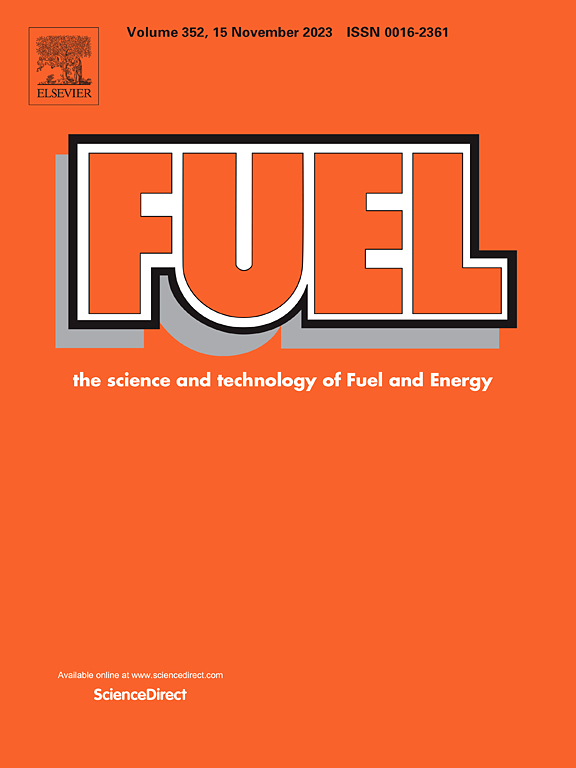Ternary core-shell ZnO nanorods: A strategy for high-performance photocatalytic hydrogen evolution
IF 6.7
1区 工程技术
Q2 ENERGY & FUELS
引用次数: 0
Abstract
Solar-driven water splitting devoid of noble-metal co-catalysts is a promising and cost-efficient strategy for the production of clean and sustainable energy, namely hydrogen. The primary impediment to the practical application of photocatalysts lies in the efficiency of separation of photo-induced charge carriers. Herein, two core–shell ternary nanorod photocatalysts based on ZnO, ZnO@CuS@ZnS and ZnO@ZnS@CuS, were obtained via a facile surface sulfidation strategy. Intriguingly, it was discovered that the performance of hydrogen evolution of these photocatalysts was contingent upon the sequence of sulfidation. Meanwhile, the as-prepared photocatalysts displayed distinct advantages in different aspects. ZnO@CuS@ZnS exhibited a lower activation energy barrier, while ZnO@ZnS@CuS presented a more suppressed electron-hole pairs recombination. The composites exhibited high-efficiency of hydrogen evolution rates, 2.79 µmol·mg−1·h−1 (ZnO@CuS@ZnS) and 9.48 µmol·mg−1·h−1 (ZnO@ZnS@CuS), along with stable (20 h) performance. This phenomenon has been ascribed to the development of an n-p heterojunction structure, Z-scheme charge transfer mechanism, and the high-performing light-triggered charge separation to relatively extended lifetimes of 5.06 µs and 6.06 µs, respectively. This research may deliver significant understanding of the designation of economical and scalable ZnO-based heterojunction photocatalysts for hydrogen evolution reactions in photocatalysis.
求助全文
约1分钟内获得全文
求助全文
来源期刊

Fuel
工程技术-工程:化工
CiteScore
12.80
自引率
20.30%
发文量
3506
审稿时长
64 days
期刊介绍:
The exploration of energy sources remains a critical matter of study. For the past nine decades, fuel has consistently held the forefront in primary research efforts within the field of energy science. This area of investigation encompasses a wide range of subjects, with a particular emphasis on emerging concerns like environmental factors and pollution.
 求助内容:
求助内容: 应助结果提醒方式:
应助结果提醒方式:


